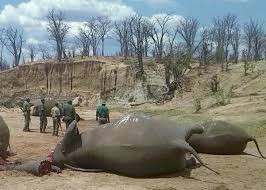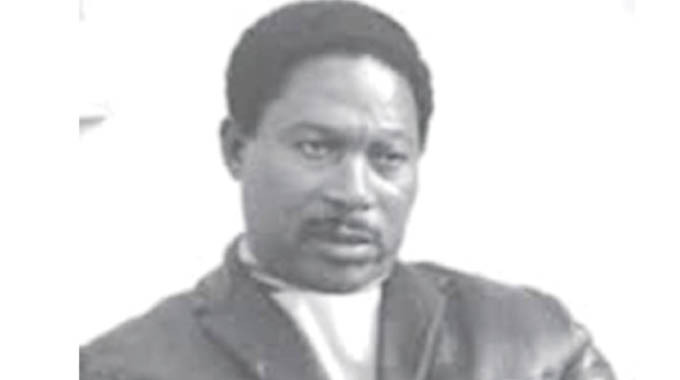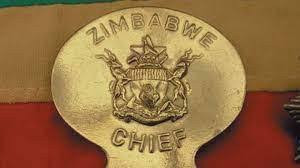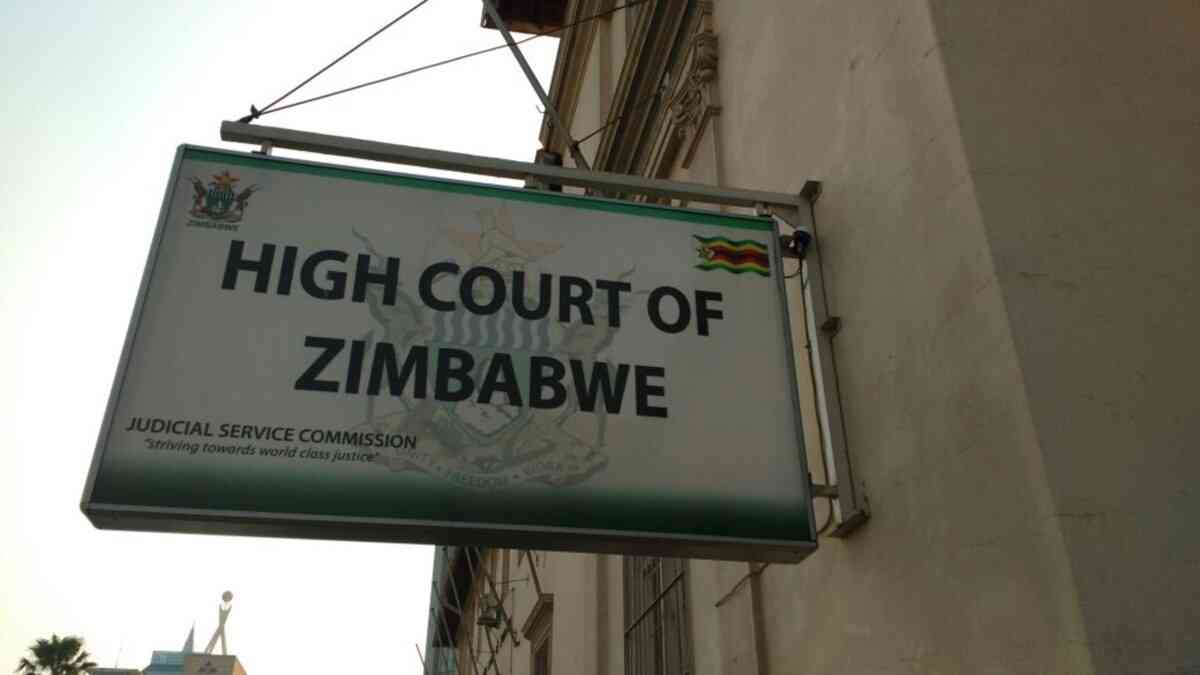
VILLAGERS in the Gaza area of Lupane East have complained over what they described as daylight robbery by buyers who visit their area to purchase cattle and their crops at very low prices in order to resell to their urban markets at high prices. SILAS NKALA STAFF REPORTER
Villagers accused some unscrupulous buyers of systematically dismantling all established marketing set-ups so they could take advantage of the unsophisticated rural folk.
“They target locals and start by being middlemen in most cases,” a villager, who requested anonymity, said.
“They will buy any commodity at the lowest prices and transport both crops and livestock to cities where they make a lot of profit at the expense of villagers who would have sold their produce at low prices.”
Another villager said the buyers have manipulated the system and were working in cahoots with authorities.
“For example they buy cattle at between $200 and $350 each, group them together and organise transport to take them to Bulawayo and bribe their way up to the city,” the villager claimed, without any substantial evidence. “They then get double or three times the buying prices and then go back to locals to repeat the process.”
The farmer said the Cold Storage Commission organised sales collapsed 15 years ago and the responsibility of overseeing sales was passed to the local political leadership.
“Apparently corruption filtered through the buying system, where auctioneers kept the prices artificially low,” the villager said.
- Chamisa under fire over US$120K donation
- Mavhunga puts DeMbare into Chibuku quarterfinals
- Pension funds bet on Cabora Bassa oilfields
- Councils defy govt fire tender directive
Keep Reading
Another villager said the same situation was repeated with crops, particularly maize, where the dealers were buying a 20 litre bucket of maize at $3, only to sell the same bucket at between $6 and $10 depending on the market they would be targeting.
“The buyers buy bucket of maize at a paltry $3, which equates to $180 a tonne to sell to the Grain Marketing Board or transport to drought-prone Matabeleland South, where they sell the bucket at $10,” the villager said.
Villagers accused senior civil servants of being at the forefront of the chicanery, making it difficult for it to be curbed.
They said they had reported the case to the local parliamentarian, Martin Khumalo, who warned the civil servants against the practice.
They claimed after the reprimand buyers would disappear, only to resurface after a few days.
Contacted for comment, Khumalo said the problem with the communal farmers was that they did not know the value of their livestock and crop produce, hence they ended up selling their valuables for a song, only to cry foul of being cheated.
“The issue is that real farmers are making money in selling their produce because they calculate how much they spent in the production and what they expect to get after selling,” he explained.
“With communal farmers, the problem is that they do not even know the grades of their cattle and if the buyer says he wants to buy their cattle at any price they agree.”
Khumalo, a Zanu PF MP, admitted that there was a market crisis in rural Lupane East, saying farmers only had to transport their produce to Bulawayo, but the cost of transport was too high.
They ended up resorting to selling their livestock and crops at very low prices, he said.










